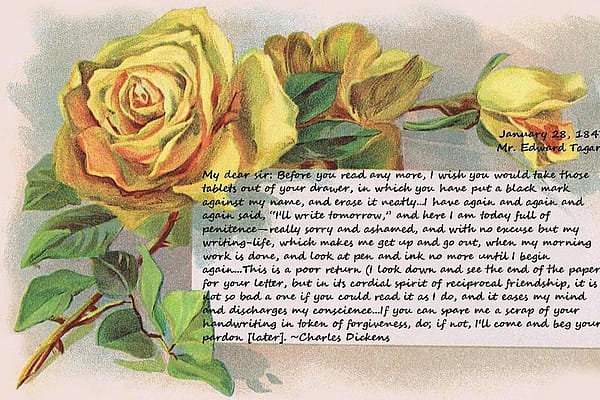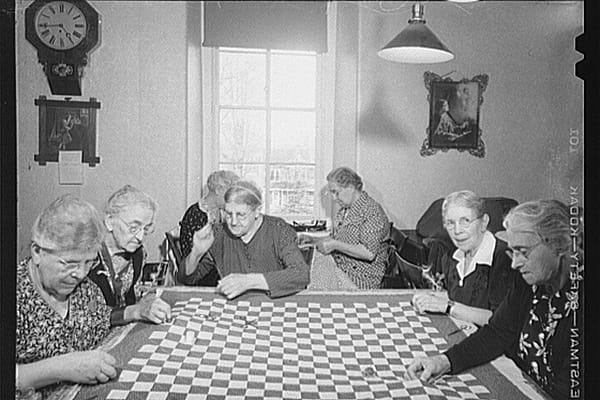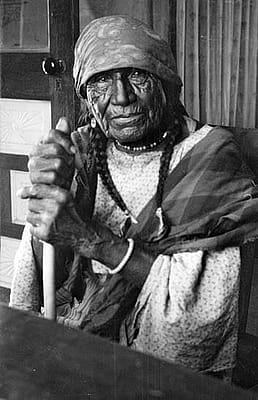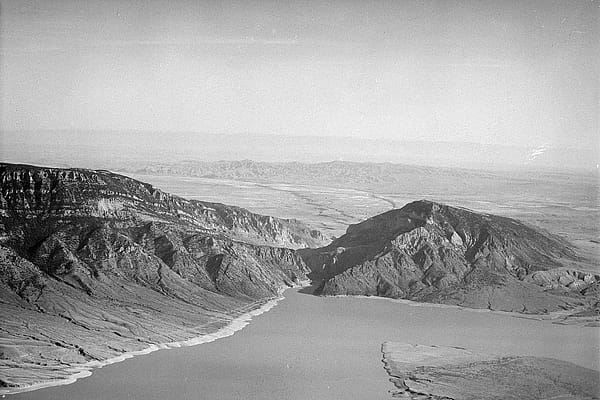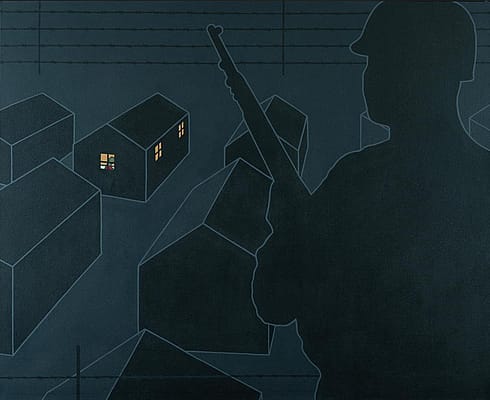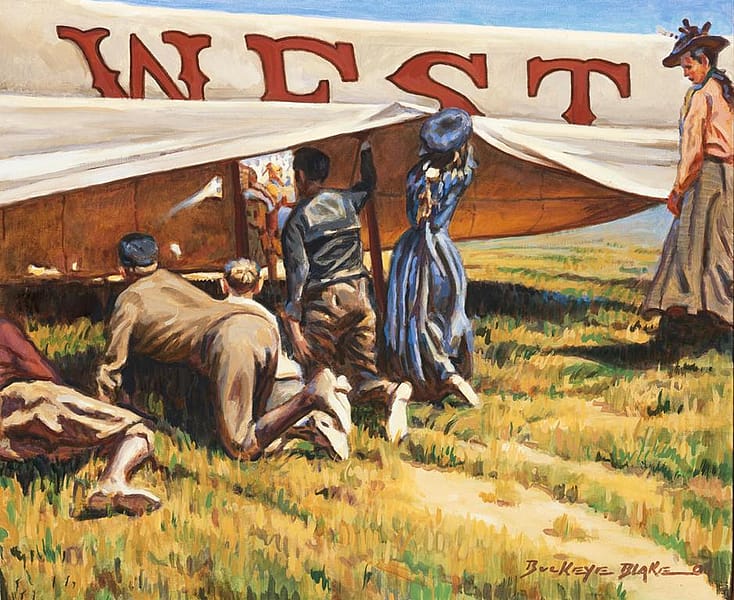
Buffalo Bill’s traveling Wild West show…and Beyonce?

Before global tours and music festivals, William F. “Buffalo Bill” Cody and his Wild West extravaganza introduced the world to an unrivaled spectacle of cowboys and cowgirls, sharpshooters, Indians, exotic animals, and the sights and sounds of the American West.
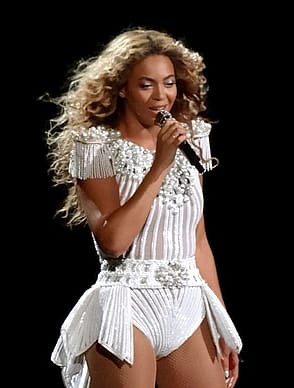
But, what if there was a way to “level the playing field?” Would the Wild West be as big a production as those of the celebrities and performers of today—say, as compared to pop star Beyonce, for instance?
♦ The Wild West had a cast and crew of 500 – 800 people (depending on the year), 600 horses (also a buffalo or two and even an elephant!), equipment, seating (reportedly for 20,000 spectators!), costumes, and props, and more than fifty train railcars to haul them.
♦ Beyonce’s cast and crew for her world tour includes eighty people, no animals.
♦ A typical season for the Wild West was roughly 195 days a year, 300+ performances, and travel of more than 10,000 miles.
♦ At 245 days, Beyonce’s 2013 tour may have lasted a bit longer, but keep in mind today’s travel amenities. Buffalo Bill traveled by train and performed almost daily—sometimes twice a day!
♦ Prices for premium, reserved seats for the Wild West were $1, or nearly $24 in today’s dollar. In 1965, the Beatles charged between $2.50 – $6.50 for shows, or between $18.70 – $47.30 with today’s dollar.
♦ This year, the average price of a ticket to a show on Beyonce’s world tour cost $142.
* * * * *
No doubt about it: the Wild West was spectacular—even Mark Twain thought so. He jotted a note to Buffalo Bill dated July 14, 1885, that read:
“I have now seen your Wild West show two days in succession, enjoyed it thoroughly. It brought back to me the breezy, wild life of the Rocky Mountains, and stirred me like a war song. The show is genuine, cowboys, vaqueros, Indians, stage-coach, costumes, the same as I saw them in the frontier years ago.”
I wonder what Twain would have thought of Beyonce…
Buffalo Bill’s Wild West toured for 30 years, making stops in more than 2,000 venues in 15 countries, including all the lower 48 United States. The first performance was May 19, 1883, in Omaha; the final performance was July 22, 1913, in Denver.
Written By
Marguerite House
Marguerite House served as the Center of the West’s Acting Director of Public Relations until her retirement at the end of 2018, and as editor of its member magazine, Points West, through May 2019. Following a seven-year stint as Business Manager for the Cody Country Chamber of Commerce, Marguerite moved “across the street” to the Center in 1999. She then held five different positions in three of the Center’s four divisions, landing in PR in 2005. “I think that [gave] me all kinds of perspectives for our readers,” she says. She enjoys writing (especially a weekly column for the local newspaper called “On the House”), cooking, and spending time with her six grandkids.




